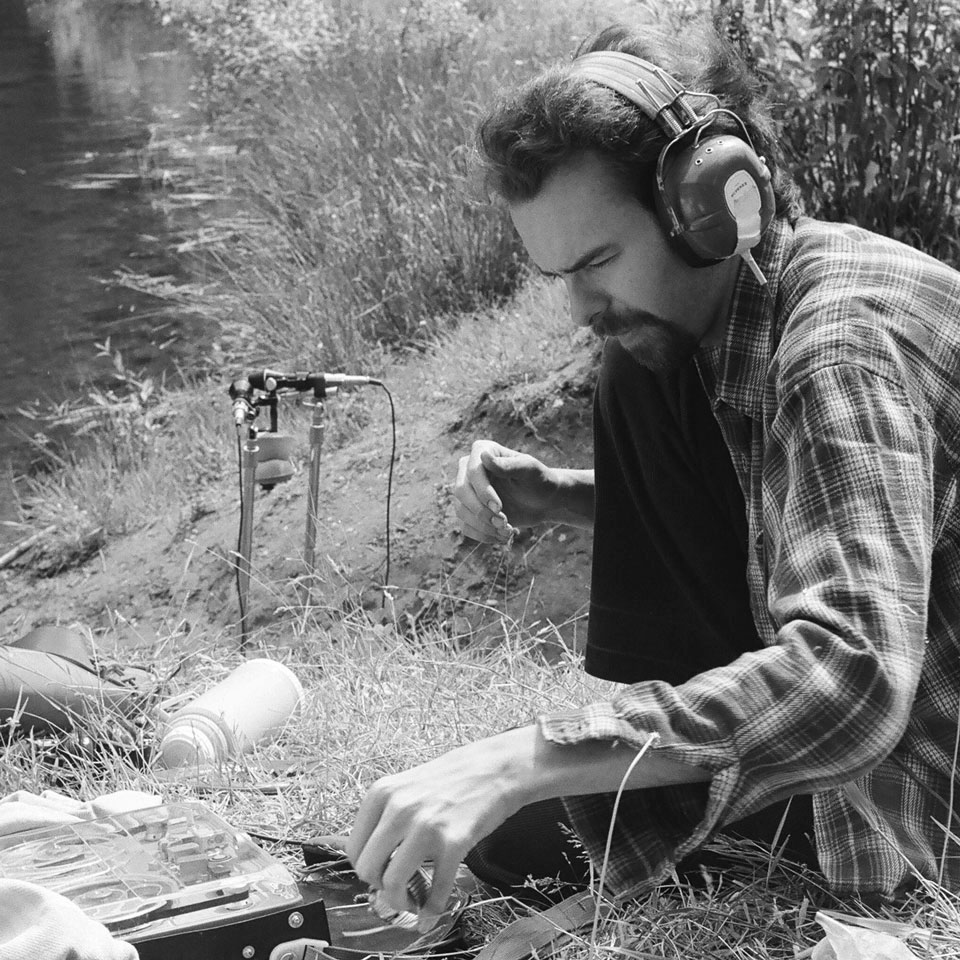
Bruce Davies in conversation
with Brady Marks and Mark Timmings
(~29 minutes, forthcoming)
In this interview, Bruce Davis recollects how renowned Canadian composer R. Murray Schafer, who was an unconventional, young professor at Simon Fraser University in the late 1960s and 1970s, drew an extraordinary group of young composers and communications students to work with him on the development of a radical new field of research and study known as Acoustic Ecology. Davies describes the genesis of the World Soundscape Project and shares stories from some of the group’s principle projects, including Soundscapes of Canada (1974), a cross-Canada recording tour; and Five Village Soundscapes (1975), a detailed investigation into the soundscapes of five European villages.
Bruce Davis studied music composition at McGill University in Montreal under contemporary classical music composer Bruce Mather. After graduating in 1970, he moved to Vancouver and met composer R. Murray Schafer. The two developed a strong working relationship, including an interest in audio, the environment and broadcasting. They began working in Schafer’s electronic music studio at Simon Fraser University, which grew into the World Soundscape Project. These experiences led Davis to write his 1975 article, “FM Radio as Observational Access to Wilderness Environments,” which proposed “wilderness radio” that would broadcast sounds from a remote natural environment to the city. The project was never realized. A year later, he produced Soundscapes of Canada with Schafer, a landmark series of hour-long programs, which aired on CBC Radio’s Ideas. As a freelance composer, Davis has explored the soundscapes of nature, First Nations settlements and industry. He taught at David Thompson University Centre in Nelson (BC) from 1980 until it closed in 1984.
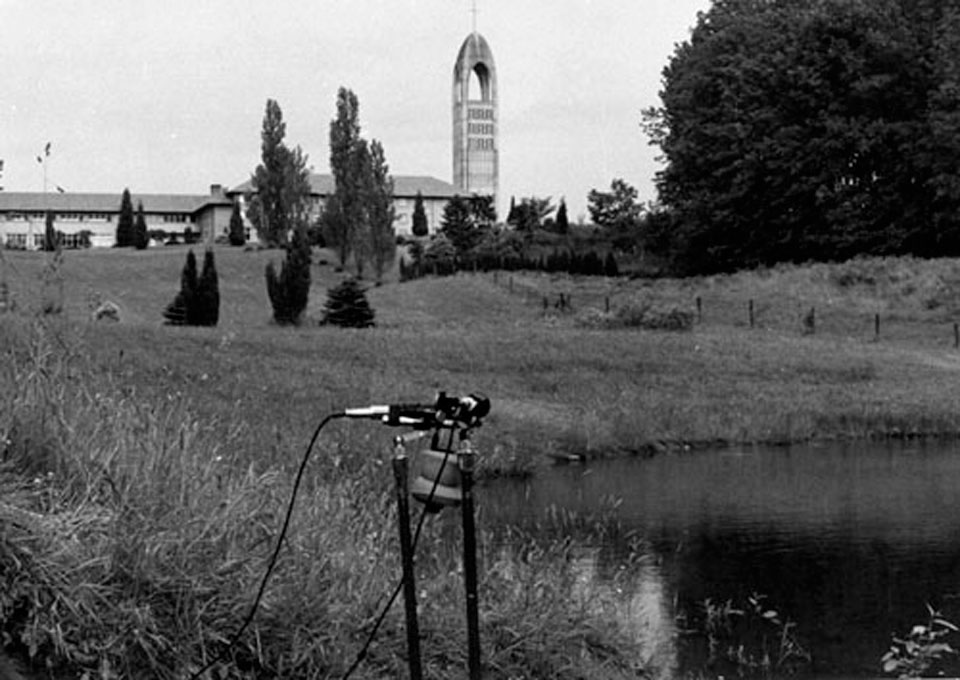
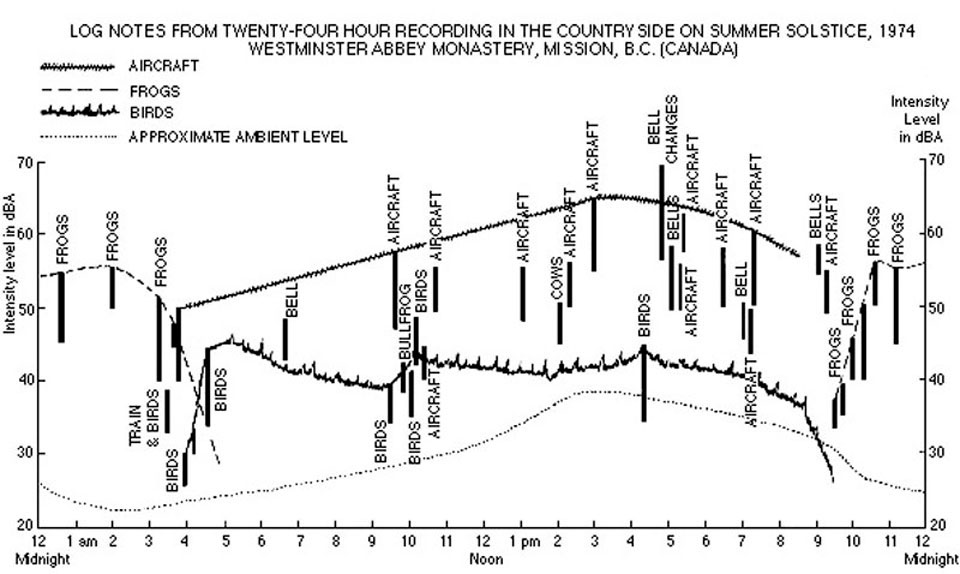
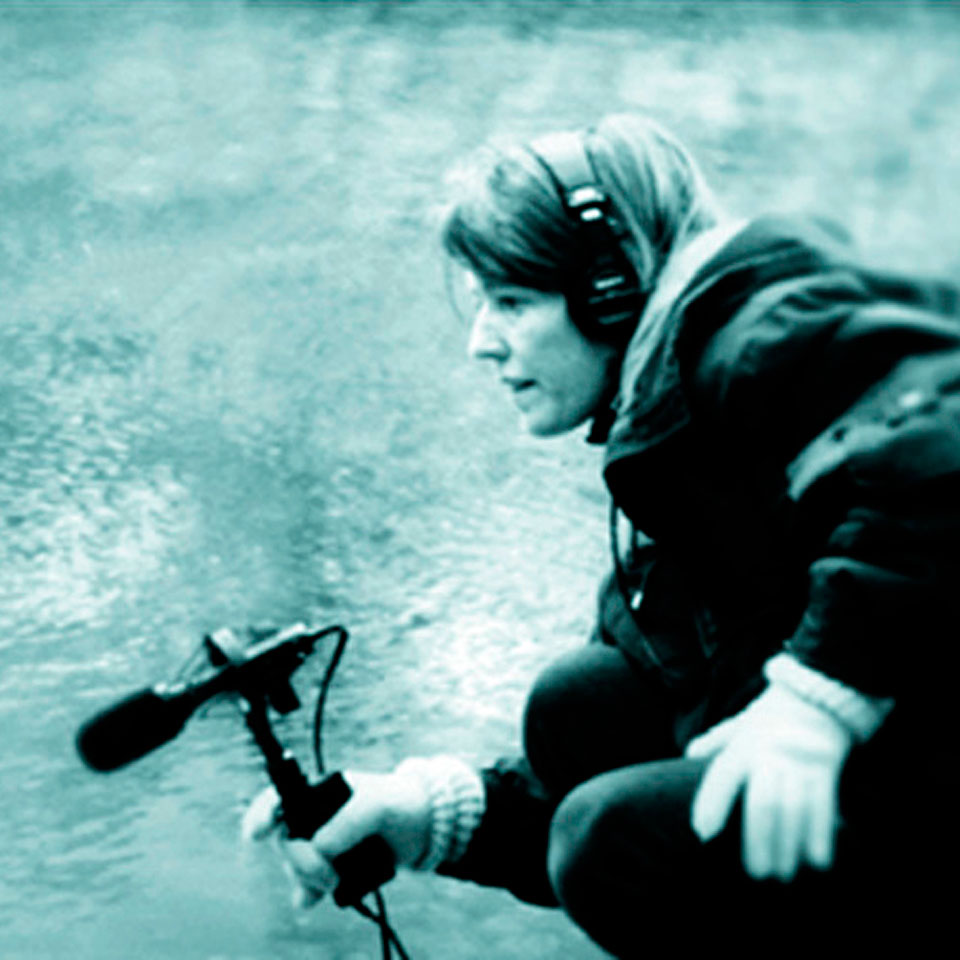
Hildegard Westerkamp in conversation
with Brady Marks and Mark Timmings
(~29 minutes, forthcoming)
In this interview, Hildegard Westerkamp remembers her first encounter with R. Murray Schafer and the epiphany that led to her involvement with the World Soundscape Project at Simon Fraser University in the 1970s. She talks about her lifelong passion for listening to the world around her, and the contributions she has made to the study of the sonic environment and to the discipline of Acoustic Ecology. Westerkamp also discusses her work as a composer and sound artist. She elaborates on the process of composing work for emotionally charged subjects such as her École Polytechnique (1990), a memorial to the fourteen women killed in the Montreal Massacre, as well as her contributions to the soundtracks of filmmaker Gus Van Sant’s Death Trilogy. Her composition, Beneath the Forest Floor (1992), was used by Van Sant in his movie Elephant (2003).
Hildegard Westerkamp is a Canadian composer, radio artist, teacher and sound ecologist. She received a Bachelor of Music degree from the University of British Columbia in 1972. For the next eight years she worked alongside R. Murray Schafer as a research associate for the World Soundscape Project at Simon Fraser University. In 1974, she also began working at Vancouver Co-operative Radio in various roles, including producer and host of the program Soundwalking. Influenced by her work with Schafer, her involvement with radio, and her admiration for contemporary composers such as John Cage and Pauline Oliveros, Westerkamp developed a keen interest in the acoustic environment. She began to experiment with recording, processing, and mixing environmental sounds. The numerous sound compositions, sound installations, and radio and film works she has produced over the last forty years have been performed and broadcast around the world. Westerkamp completed her Masters thesis, Listening and Soundmaking: A Study of Music-as-Environment, while teaching classes in Acoustic Communication at Simon Fraser University’s School of Communication from 1982 to 1991. Hildegard Westerkamp is a founding member of the World Forum on Acoustic Ecology.
[website]
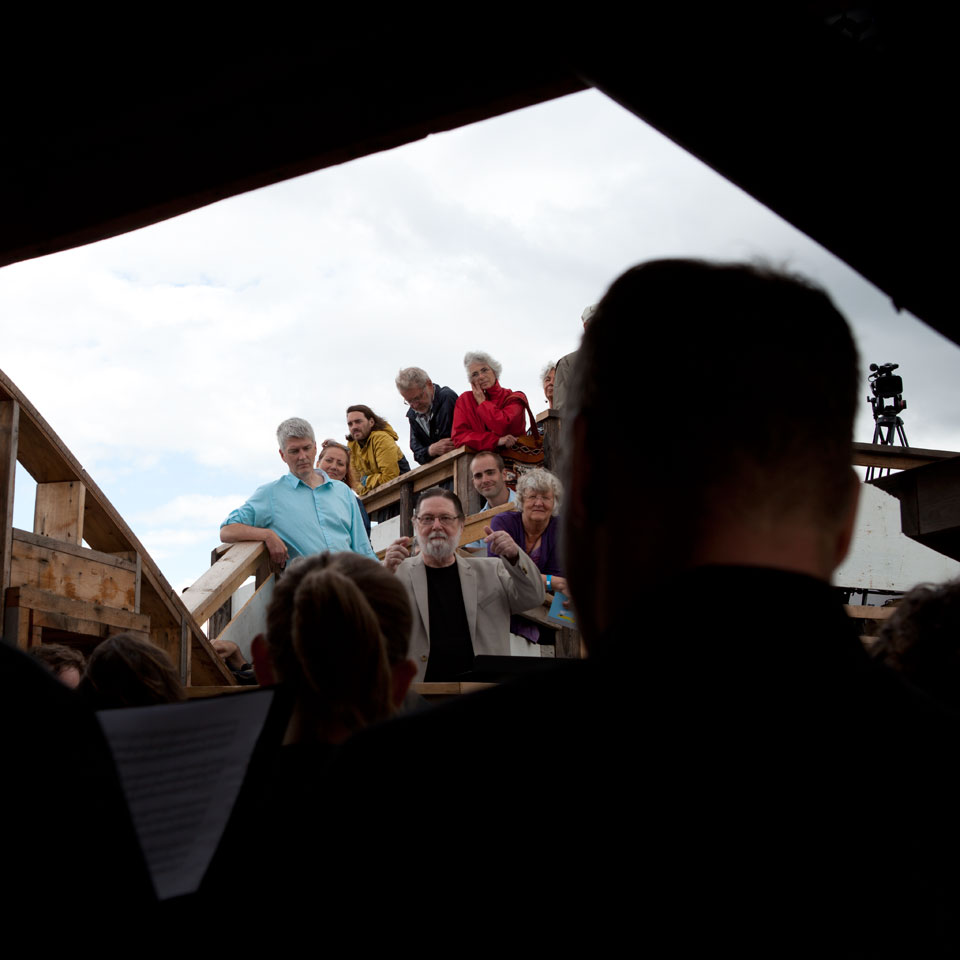
Brady Marks in conversation
with Mark Timmings
(57 minutes)
In this interview from 2015, Brady Marks speaks with multidisciplinary artist Mark Timmings about his practice that explores perceptions of place. The discussion centres on Narvaez Bay: Tidal Predictions for 2012 (2012), an algorithmic musical work co-composed with Stephen Morris, based on the tidal dynamics near Timmings’s home on Saturna Island. The program includes an 18-minute recording of the piece by the Vancouver Chamber Choir under the direction of Jon Washburn, performed in 2014 aboard Cedric, Nathan and Jim Bomford’s floating art installation Deadhead. The performance was commissioned by Other Sights for Artists’ Projects. In the second half of the interview, Timmings reveals some ideas about his next body of work: the Wetland Project.
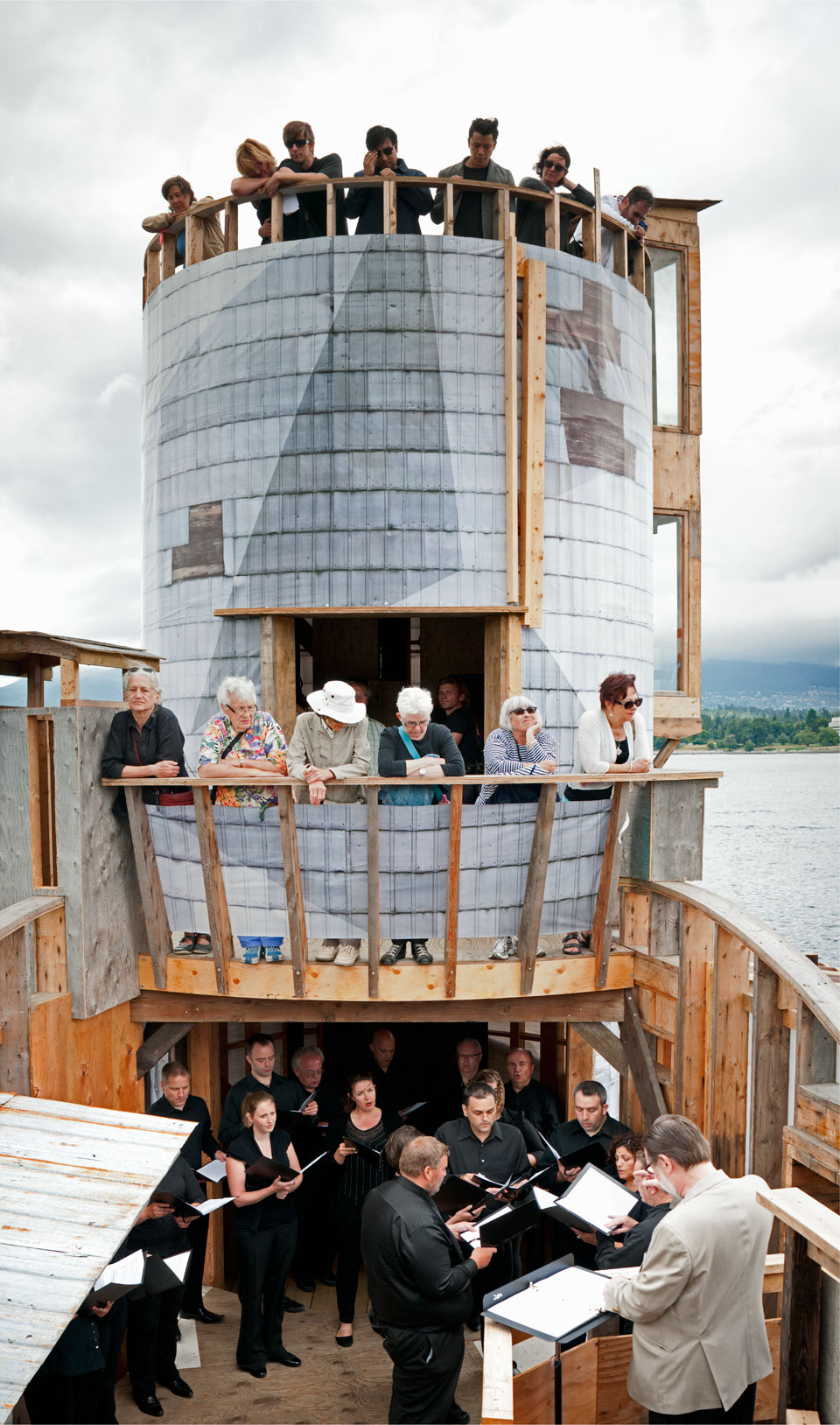
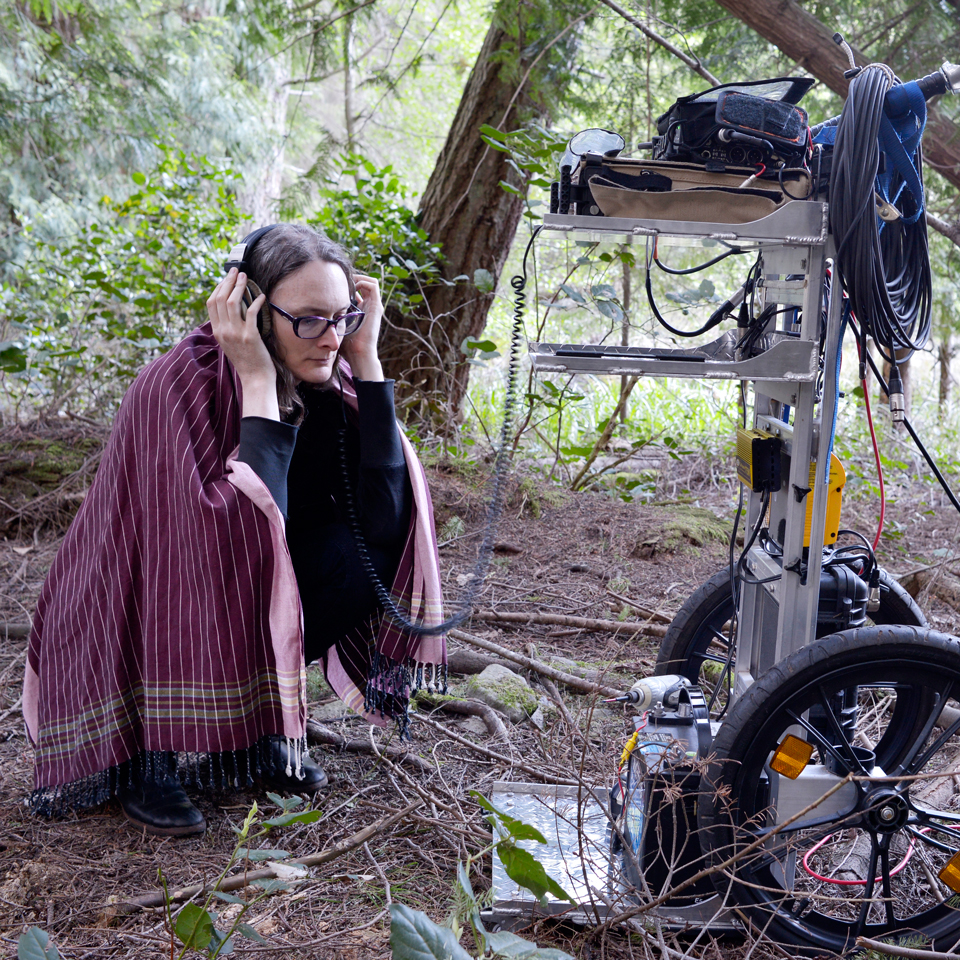
Lorraine Chisholm in conversation
with Brady Marks and Mark Timmings
(18 minutes)
In this interview from April 1, 2017, Lorraine Chisholm, host of Vancouver Co-operative Radio’s current affairs program Redeye, talks to Brady Marks and Mark Timmings in the lead up to their marathon broadcast featuring the soundscape of a Saturna Island marsh. The Wetland broadcast was aired on Co-op Radio for twenty-seven continuous hours on Earth Day, April 22, 2017, making it the longest uninterupted radio program in Canadian history.